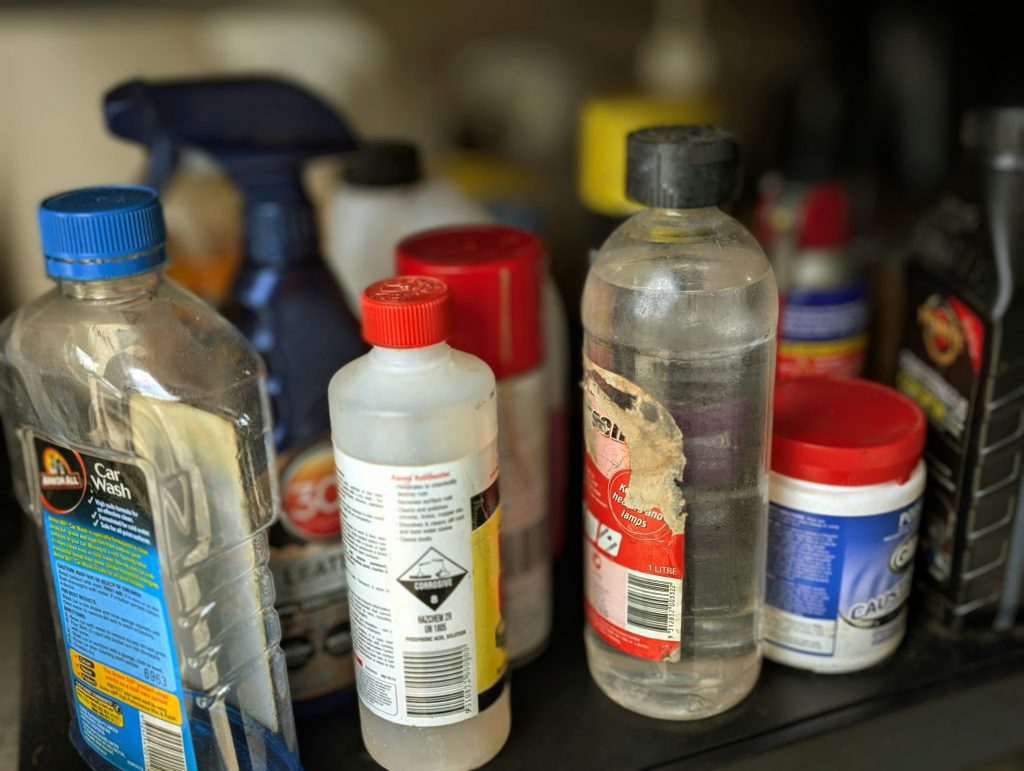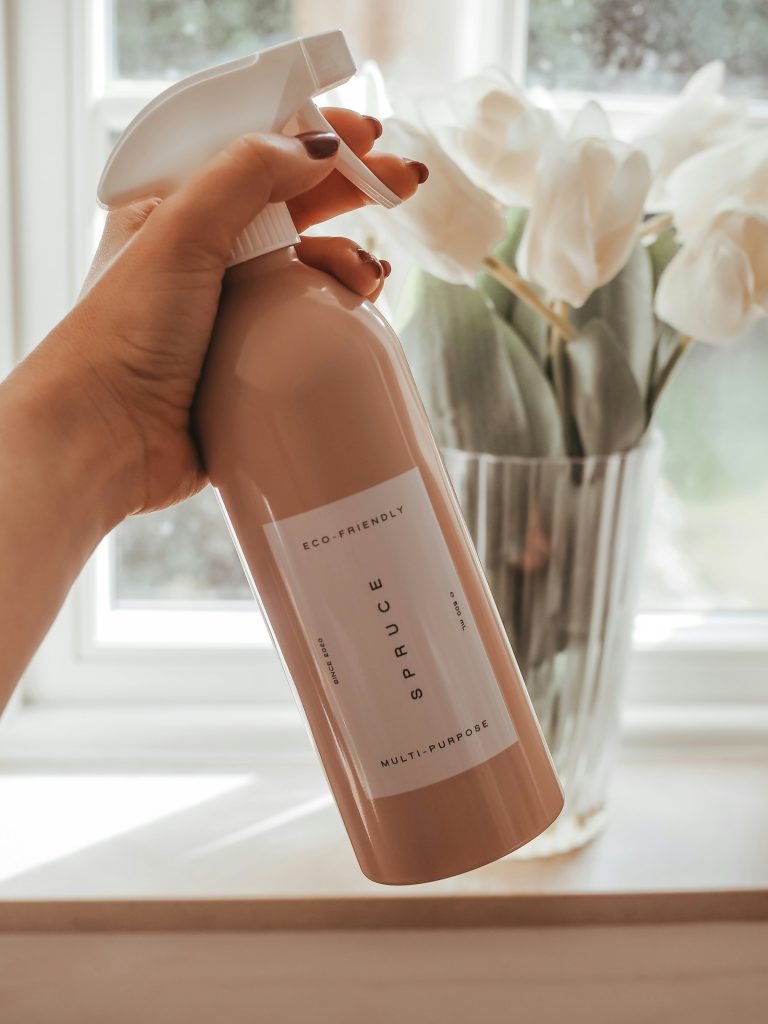The Hidden Truth About Synthetic Ingredients in Cosmetics
Over the last fifty years, synthetic ingredients have infiltrated the cosmetics industry, making their way into our homes and daily routines. These substances are often used for their cost-efficiency and long shelf life but can pose risks to our health and the environment. For example, microbead plastics, once common as exfoliants, were banned in many countries after public outcry but remain legal in some products.
While small amounts of synthetic ingredients may pass safety tests, their long-term use and combined exposure across multiple products can lead to harmful effects. On a larger scale, their accumulation in the environment poses significant challenges.
History provides ample evidence of this pattern: many substances once considered safe have since been banned under regulations like the EU Cosmetics Directive—such as lead, certain phthalates, and synthetic nitro musks. However, products containing these substances can still find their way into your home via imports or older stock.
Where These Chemicals Lurk in Your Home
Synthetic chemicals aren’t confined to just makeup bags. They can hide in unexpected places, including:
- Bathroom
- Parabens: Found in shampoos, conditioners, body washes, and moisturizers. Studies suggest parabens can disrupt hormones like estrogen and have been linked to breast cancer risk and pregnancy complications.
- Bedroom/Dressing Table
- Synthetic Fragrances and Musks: Present in perfumes, colognes, and scented lotions. Persistent in the environment, these compounds can accumulate in human tissues and disrupt hormonal balance.
- Kitchen
- Bisphenol A (BPA): Found in plastic containers, food packaging, and can linings. Research shows BPA mimics estrogen, potentially leading to reproductive health issues and hormonal imbalances.
- Laundry Room
- Synthetic Fragrances: Used in fabric softeners, dryer sheets, and laundry detergents.
- Living Room
- Synthetic Musks: Found in air fresheners and scented candles, these chemicals linger in the environment and may disrupt hormones.

Chemicals to Watch Out For
- Parabens: Used as preservatives, parabens have been shown to disrupt hormone function. Research indicates they may play a role in increased breast cancer risk and complications during pregnancy.
- Aluminum Compounds: These ingredients, found in antiperspirants, block sweat glands but are under scrutiny for their potential links to Alzheimer’s and breast cancer.
- Bisphenol A (BPA): Common in plastic packaging, BPA is a known endocrine disruptor associated with fertility problems and heart issues.
- Triclosan: A hormone-disrupting preservative found in soaps and toothpaste, triclosan has also been linked to antimicrobial resistance, prompting regulatory changes.
- Synthetic Fragrances: Chemicals like galaxolide and tonalide persist in the environment and can accumulate in human tissues, raising concerns about their hormonal effects.
Safer Alternatives: Better Choices for Your Home
Switching to safer alternatives is easier than you think! Here’s how you can replace synthetic-laden products with natural and eco-friendly options:
- Bathroom
- Shampoo & Conditioner: Opt for sulfate-free, paraben-free brands like Ethique or Shea Moisture.
- Soap: Switch to castile soap (e.g., Dr. Bronner’s) or organic handmade soaps.
- Toothpaste: Choose fluoride-free, triclosan-free brands such as Hello or Tom’s of Maine.
- Deodorant: Look for aluminum-free options like Native or make your own with coconut oil, baking soda, and essential oils.
- Bedroom/Dressing Table
- Perfumes: Swap artificial fragrances for natural perfumes or essential oil blends.
- Nail Polish: Use brands labeled “5-free” or “7-free” (e.g., Zoya or Ella+Mila) that exclude harmful chemicals.
- Kitchen
- Plastic Containers: Replace with glass, stainless steel, or silicone storage options.
- Cookware: Avoid non-stick coatings that may contain harmful chemicals; choose cast iron or ceramic.
- Laundry Room
- Detergent: Switch to plant-based, fragrance-free brands like Seventh Generation or Ecover.
- Dryer Sheets: Replace with wool dryer balls scented with a few drops of essential oil.
- Living Room
- Air Fresheners: Use natural alternatives like baking soda, essential oil diffusers, or indoor plants for cleaner air.
- Candles: Opt for soy or beeswax candles scented with essential oils instead of synthetic fragrances.
What Else Can You Do?
Read Labels: Familiarize yourself with harmful ingredients and avoid products that list them. Look for certifications like USDA Organic, Fair Trade, or Cruelty-Free.
Simplify: Minimize the number of products you use daily. A minimalist routine is not only better for you but also for the environment.
DIY Your Own Products: Many cosmetics and household items can be made at home using simple, natural ingredients. For example:
- Facial Scrub: Mix sugar, honey, and a few drops of essential oil.
- All-Purpose Cleaner: Combine vinegar, water, and lemon essential oil.

By identifying where harmful chemicals hide in your home and swapping them for safer alternatives, you can protect your health, reduce your environmental footprint, and support ethical industries. With evidence-backed information and simple changes, your home can become a haven of natural, eco-friendly living!
What to Read Next
If you’re inspired to take further steps toward a healthier, more sustainable lifestyle, check out these related articles on our site:
- Natural Cleaning Solutions: Detoxifying Your Home Environment
Learn how to replace conventional cleaning products with natural alternatives like vinegar, baking soda, and essential oils. Discover how to detoxify your home and improve indoor air quality. - Sustainable Gardening: Cultivating an Organic and Chemical-Free Garden
Explore the benefits of organic gardening and learn how to avoid synthetic pesticides and fertilizers. This guide will help you nurture a thriving, chemical-free garden while promoting biodiversity. - Energy Efficiency at Home: Reducing Your Carbon Footprint
Find practical tips for improving energy efficiency in your household. From upgrading appliances to adopting renewable energy, this article will help you minimize your environmental impact and save on energy bills.
Dive into these resources to build on your journey toward a cleaner, greener home and a healthier future!


